Why you should carry binoculars on every adventure, no matter how big or small
Whether you’re walking, cycling, kayaking or wild camping, binoculars can seriously elevate your enjoyment of the backcountry
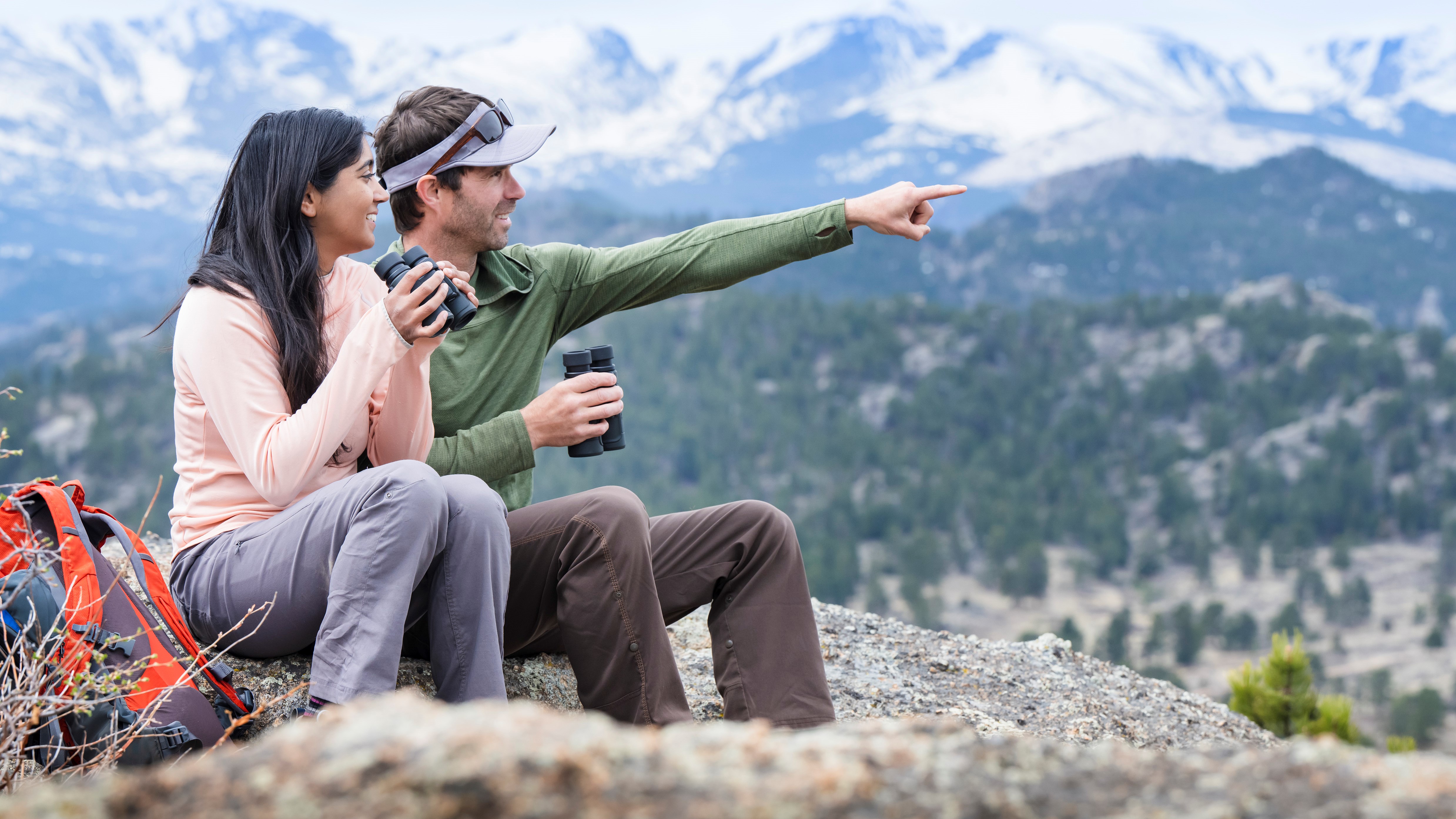
Binoculars give you the opportunity to take a closer look at the most incredible sights the backcountry has to offer. Witnessing sights of great natural beauty are one of the principal reasons we venture out into the wild and, while taking in a wide panorama is hard to beat, focussing in on rutting deer, a grizzly or a diving eagle is pretty breathtaking too.
The best binoculars come in many sizes, with many different applications. Some feature a wide field of view, perfect for tracking raptors through the heavens; others boast large objective lenses, designed for low light uses like stargazing. Backpackers will want something lightweight and compact, butterfly spotters will require a close focussing pair, while if you're being driven around a safari reserve, size and weight are less of an issue.
The point is, there's a pair for every occasion and, therefore, no excuse not to have one in your daypack. Here, we give our reasons why you should carry binoculars on every adventure.
Meet the expert

Matt's adventure CV is thoroughly impressive. He's explored countless wild places, from Scotland's fearsome Cuillin Ridge to the High Atlas mountains of Morocco. He loves using his binoculars when in the wilderness and has a particular fondness for butterflies.
Today's best deals
Aspiring bird watchers

- Every trip outdoors is an opportunity to spot birds in the wild
- It doesn't matter if you don't know every species
You may not be able to name every species of warbler in the UK, or know your sanderlings from your little stints, but that doesn’t matter. Nature watching is one of the great joys of spending time outdoors and it’s open to anyone. Even if you think you are a complete novice, you might be surprised by just how much you already know and how quickly you begin to recognise common species.
Every trip outdoors is an opportunity to develop your knowledge and a pair of binoculars will allow you to see species and behaviour that you would otherwise miss.
Pack a pair of binoculars on a coastal walk and you might spot dolphins and porpoises cresting out to sea, or watch peregrines stooping on prey before returning to their clifftop nests. Heading into mountainous terrain and you may watch raptors circling at height, while river walks promise views of preening kingfishers or mating damselflies and otters.
We're big fans of the Nikon Prostaff 7s 8x42 bins when it comes to birding.
All the latest inspiration, tips and guides to help you plan your next Advnture!
The local rambler
- Taking binoculars onto your local patch will help you develop an intimate knowledge of its wildlife
- Watching wildlife in such a way is a very mindful activity
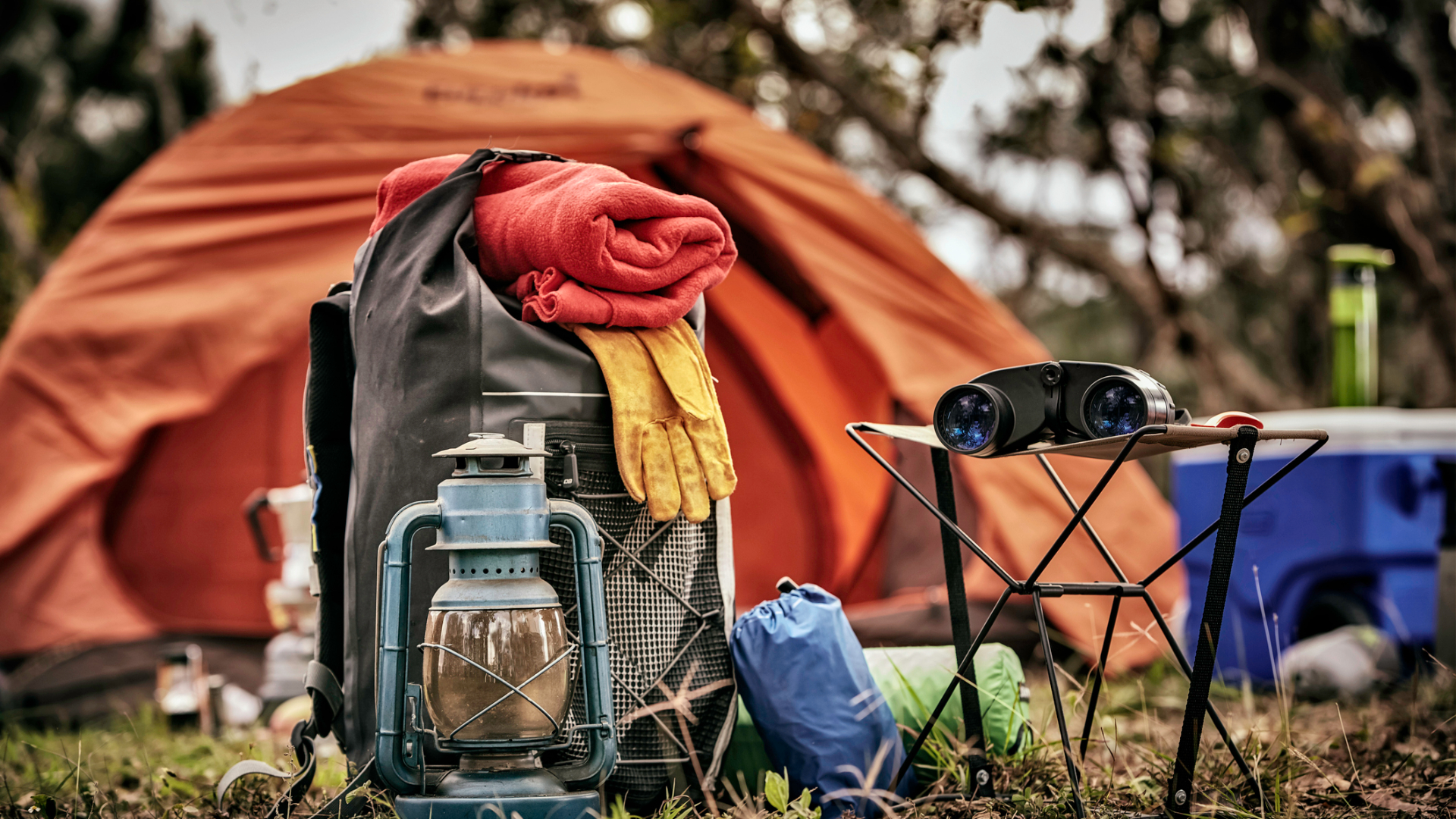
Just setting out on a local walk? Then there’s even more reason to pack a pair of binoculars with you, because they will help you to develop an intimate knowledge of your local patch and the wildlife that you have to hand. I have taken to carrying a pair on my morning dog walk and, in the past couple of months, I’ve been treated to views of green woodpeckers, peregrines, kestrels, ravens, flocks of goldfinches, bull finches, redwings and fieldfares.
Watching wildlife gives you a reason to stop, to slow down, to think differently about the landscape you are walking through. There is something quietly meditative about the act of raising a pair of binoculars to your eyes to observe and take in the natural world.
It’s also an excellent excuse to stop halfway on a long ascent, when your legs are burning and your lungs ready to burst: “No I’m sure that was a rare <insert species here>. Thank goodness I brought my binoculars!”
Wild campers
- Wild camping trips give you the opportunity to enjoy the night sky at its unpolluted best
- Many wonders of the night sky can be viewed through binoculars
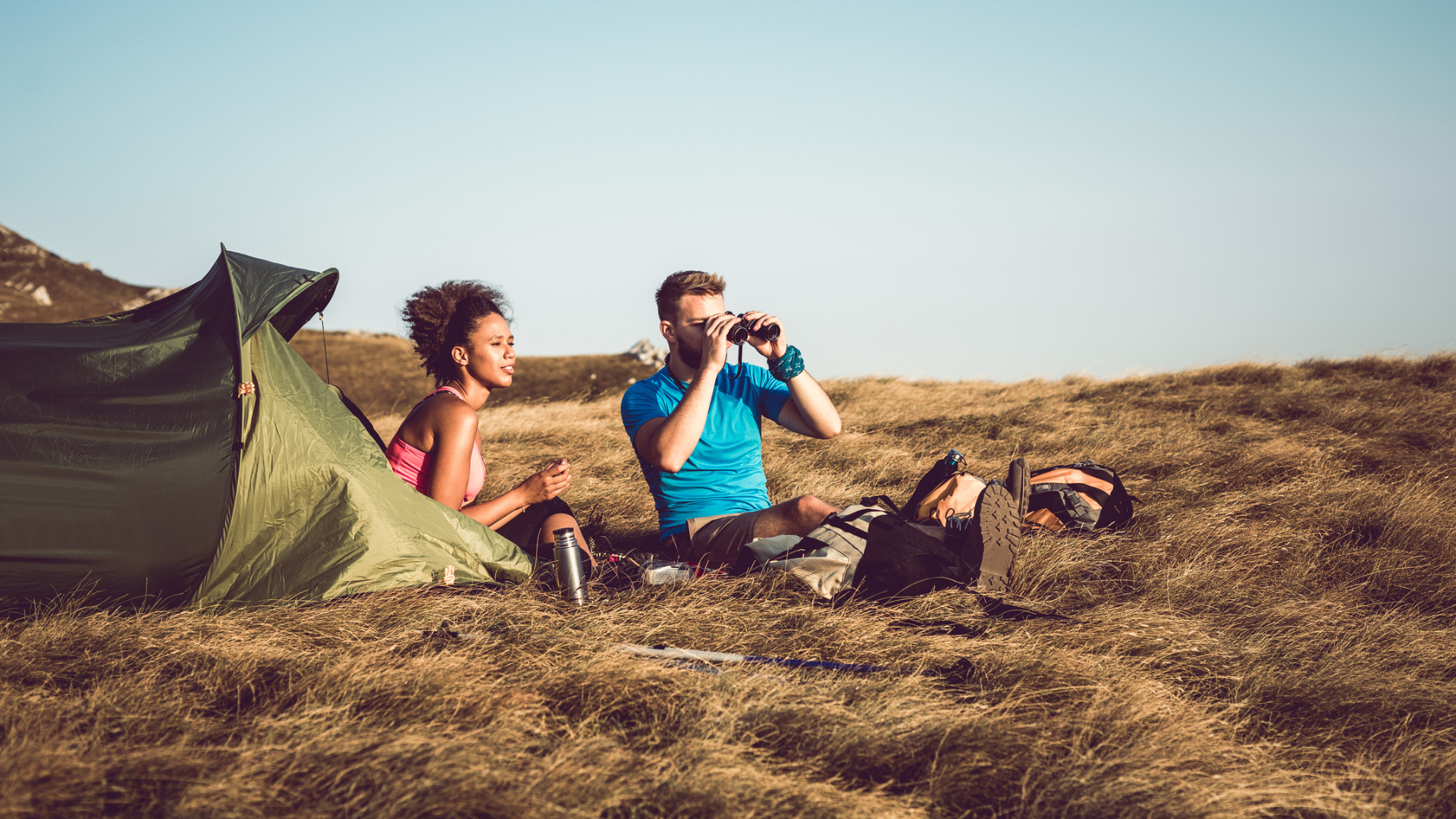
When is the next full moon? If you’d asked me that question a year ago, I genuinely wouldn’t have known, but since I’ve been using a pair of dedicated stargazing binoculars, I’ve been tracking our nearest celestial neighbour as it waxes and wanes through the month.
There is no better time to marvel at the night sky than on a wild camping trip and the moon is an obvious candidate for your attention. Sit outside your tent, far from the light pollution of cities and towns, and a pair of binoculars will give you incredible views into its lunar landscape.
The Moon is an impressive 240,000 miles away, but binoculars can take you even further than that: Mars (33 million miles away), Jupiter (403 million miles) and Saturn (746 million miles) are all worth your attention. In fact, binoculars allow you to explore the constellations of the northern hemisphere night sky, like the instantly recognisable Orion, or distant galaxies such as M81 and M82 (both located in the constellation Ursa Major).
Time your trip right and you might see the International Space Station zooming overhead (you can trace the Space Station’s location online) or witness the spectacular Perseids meteor shower that peaks in August.
It's not just the night sky that you can enjoy from a wild camp of course. Once you've set up camp, you might be lucky enough to view deer scampering along neighbouring ridges or peregrines hunting from their clifftop homes.
For a dedicated stargazing pair of bins, we like the Celestron Skymaster 15x70. If you know what the numbers mean on a pair of binoculars, you'll know that a 70mm objective lens lets in loads of light, perfect for enjoying at the cosmos.
Climbers
- Binoculars can help you identify routes as you approach a crag
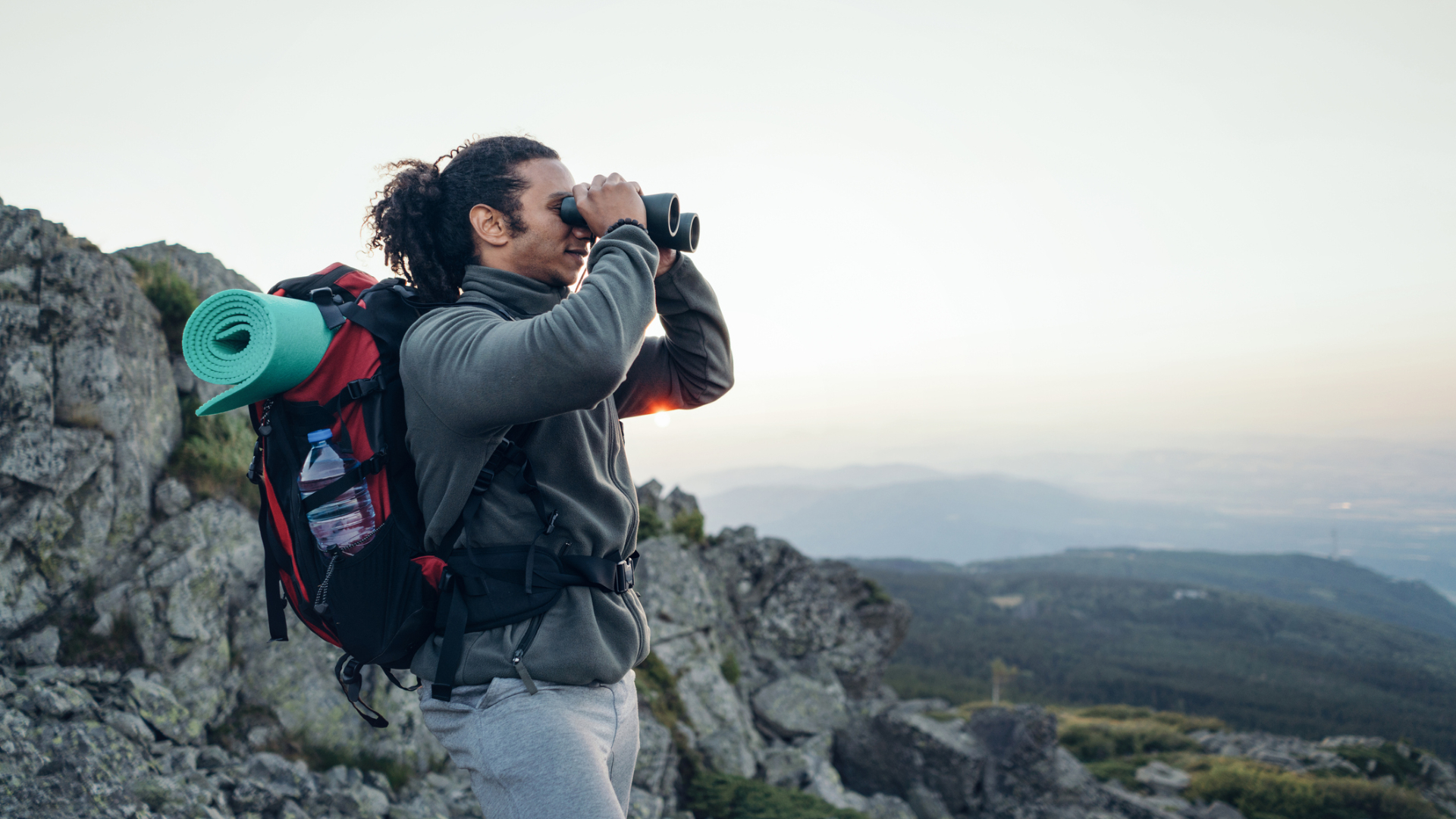
When you’re actually climbing there’s seldom time for binoculars. You either need your hands on the rock, or if your attention on the belay. But a pair of compact binoculars can be invaluable on the approach to a crag. They can help you identify different routes and potentially challenging sections of a climb. A pair of binoculars can help you identify the start of a route and will give you a view of climbers already on the route.
Using your approach to a climb to assess the conditions and make sure you are heading to the right start point can save you a lot of time. And then when you do get to the top – on the odd occasion that the clouds lift and views open up – you can pull the binoculars out again to put together a bucket list of climbs and ascents on the mountains around you.
Cyclists
- Nature spotting objectives are great for long cycling trips
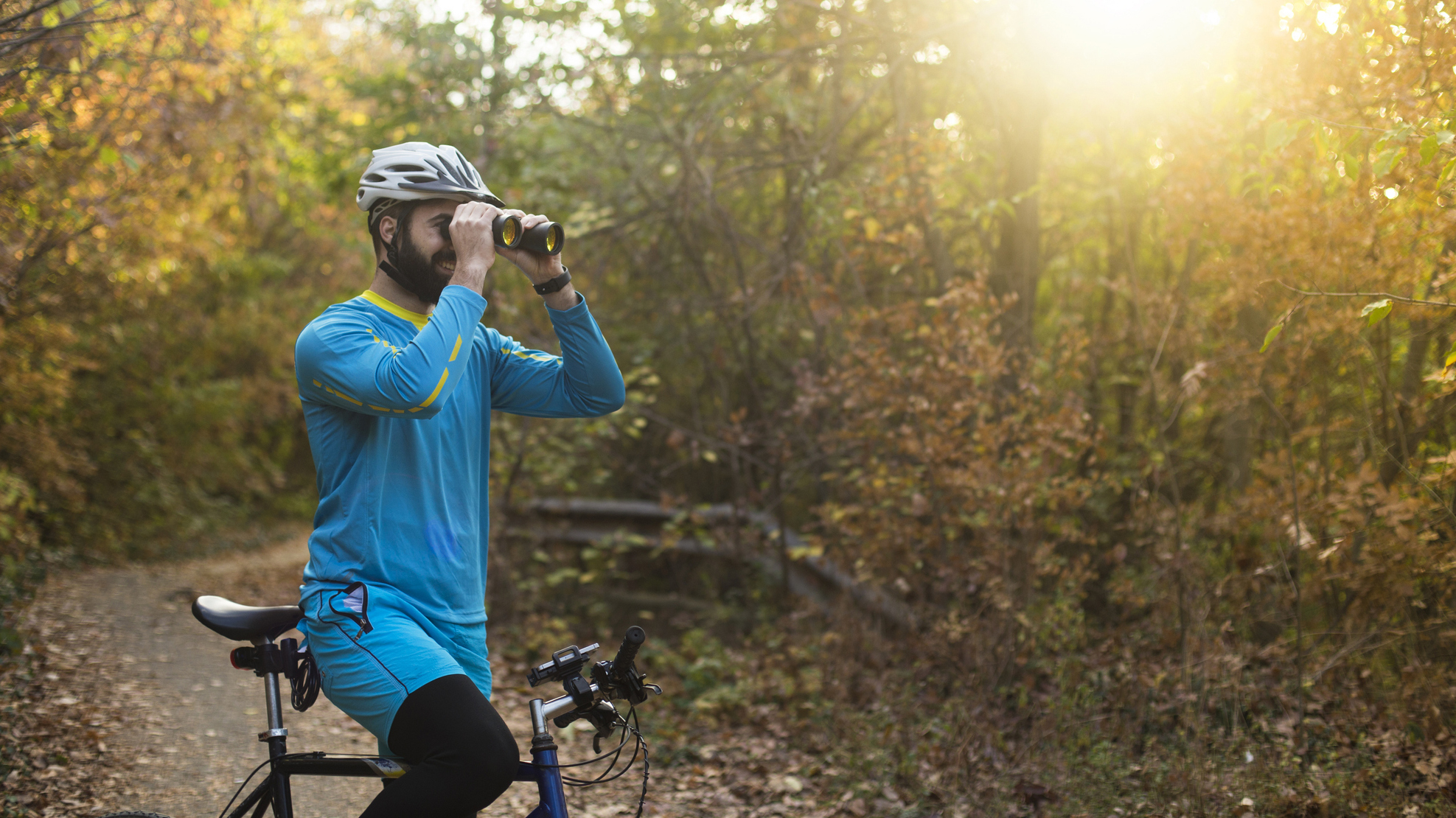
Some of the greatest adventures of all time have been inspired by missions in search of rare species, from birds of paradise to South American orchids. You may not be setting your sights quite so high, but there’s nothing stopping you from going in search for rare and exotic wildlife.
This year I have racked up over 1000km on my bike in search of six new species of butterfly (well new to me at least). I found a colony of silver-studded blue on a round trip from Bristol to Dorset; a Duke of Burgundy on a 120km trip to Stroud, spotted marsh fritillaries, a Duke of Burgundy, Adonis and Large blue. On other bike trips, I’ve had chance encounters with badgers, foxes, tawny, barn and little owls. Packing a pair of binoculars means I’m not travelling quite as light as I normally would, but they are always worth packing just in case.
Walking with kids
- Give the kids binoculars and they may just start dragging you out the door to go on walks
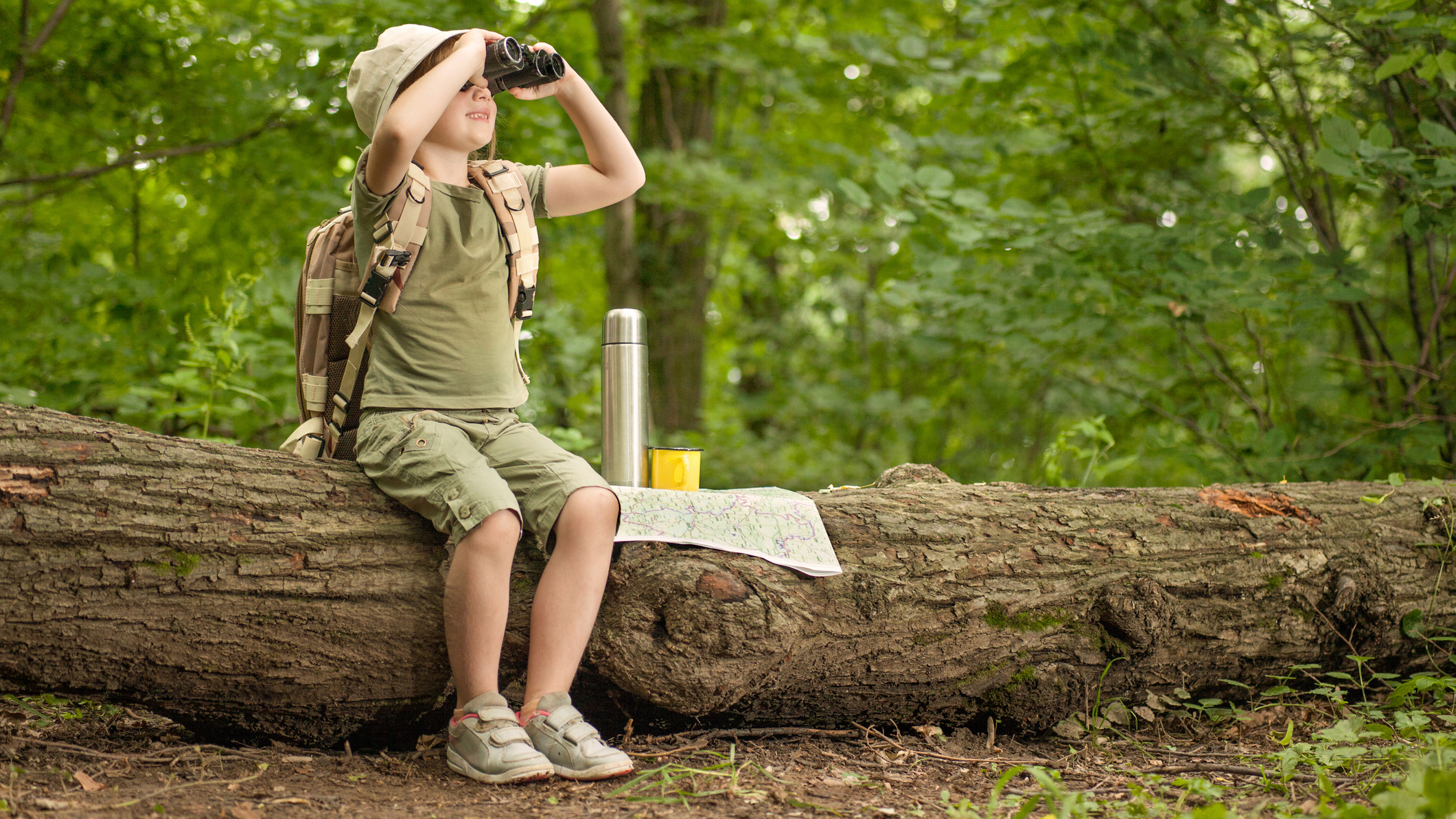
If you’ve got young kids, then hand the binoculars to them and let them take control. Better still: get them their own pair. That way they’ll may be the ones dragging you out the door to put them to use. Binoculars give them a reason to explore and to way to discover wildlife for themselves. Again, you don’t need to be an expert… let them provide the motivation and you can both learn more about the natural world together.
We recommend the Kowa YF 8x30 as the best pair of binoculars for kids.
Kayakers
- Time on the water provides incredible wildlife encounters
- Binoculars are also useful for navigating a safe passage
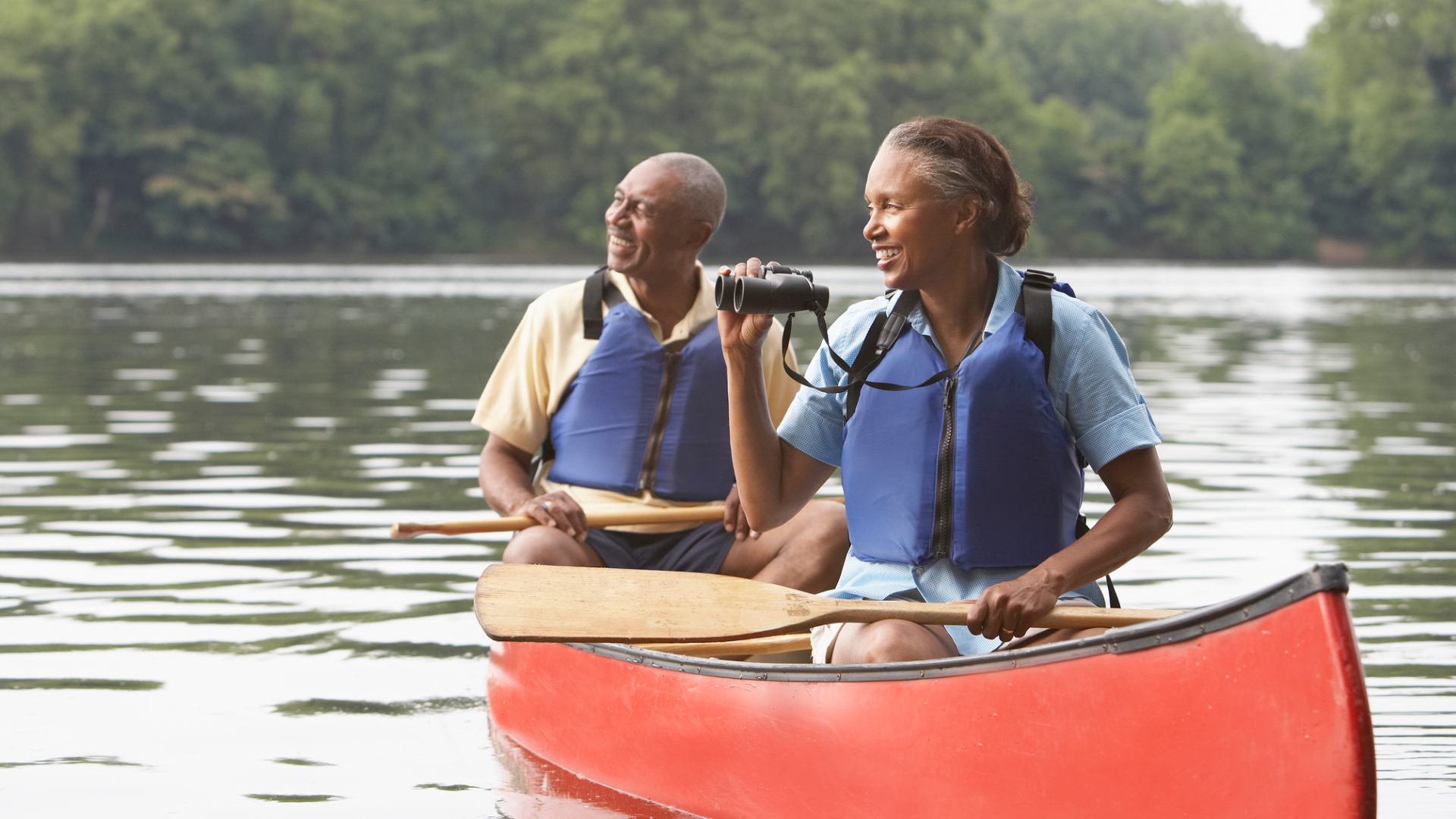
Paddling out to sea gives you the potential for some incredible wildlife encounters from seals and marine mammals to migrating birds. And while most paddlers carry binoculars for the wildlife, they can also be useful when you are scouting out potential landing points, safe passages and even to check out interesting debris on a shoreline.
Undertake a wildlife adventure
- There are loads of incredible phenomena awaiting discovery
There are genuine miracles out there waiting to be discovered, that give you a reason to visit places you’ve never been before, and many of them are improved with a pair of binoculars to hand.
Some of the most dramatic in the UK include starling murmurations – great swirling flocks of birds as they come in to roost at night – and red deer rutting in autumn. Ospreys hunting over reservoirs, red squirrels feeding in Lake District pub gardens, seal pups on beaches in Norfolk and black grouse lekking on the Yorkshire moors should all be on your bucket list. And no matter where you live, get out this spring to really experience the Dawn Chorus; that wondrous orchestra of bird song that takes place in parks and woodland or to hear tawny owls hooting in autumn. Whatever you set out to see… pack a pair of bins with you.
Former Editorial Development Director for Lonely Planet, editor of Trail and BBC Wildlife magazine, and editor-in-chief of Trail Running magazine, Matt got the outdoor bug as a teen on gruelling UK Ten Tors events around Dartmoor. He has hitch-hiked to Egypt, cycled through India, enjoyed the delights of the High Atlas, slept on volcanoes while living in Central America, climbed in the Alps and tackled some of Scotland’s really big routes, from Tower Ridge and the Cuillin to the Aonach Eagach. He’s got a passion for butterflies and ukuleles. If you see him in a campfire situation… approach with caution.
